STUDY METHODS TO IMPROVE GRADES

Learn smarter, not harder with these College Tips!

Having the opportunity to study and go to college is a transitional and pivotal time in a student’s
life. It’s not just academic stress that can be burdensome for many students, but also external stresses like balancing personal responsibilities, finances, mental health issues, etc. Some of these factors may result in a decrease in motivation, a decrease in grades, or an increase in the number of dropouts. However, there are strategies, methods and support systems in place to help assist with the transition.
The ability to achieve good grades seems to come naturally to some people, while others struggle to retain information for long periods of time in order to achieve the same results. Thankfully there are many solutions to this. It’s important to realize that not everyone retains information in the same manner, there are different learning styles like auditory, visual, etc.
Finding a study method that fits your learning style is the first step toward developing a successful study plan. It is impossible to supply empirical evidence that one method leads to 100% student academic success, but there are methods to increase the chances of academic success that help a student develop a consistent based learning approach. The achievement of high grades is good, but consistency is far more valuable.
STUDY METHODS – VARK MODEL
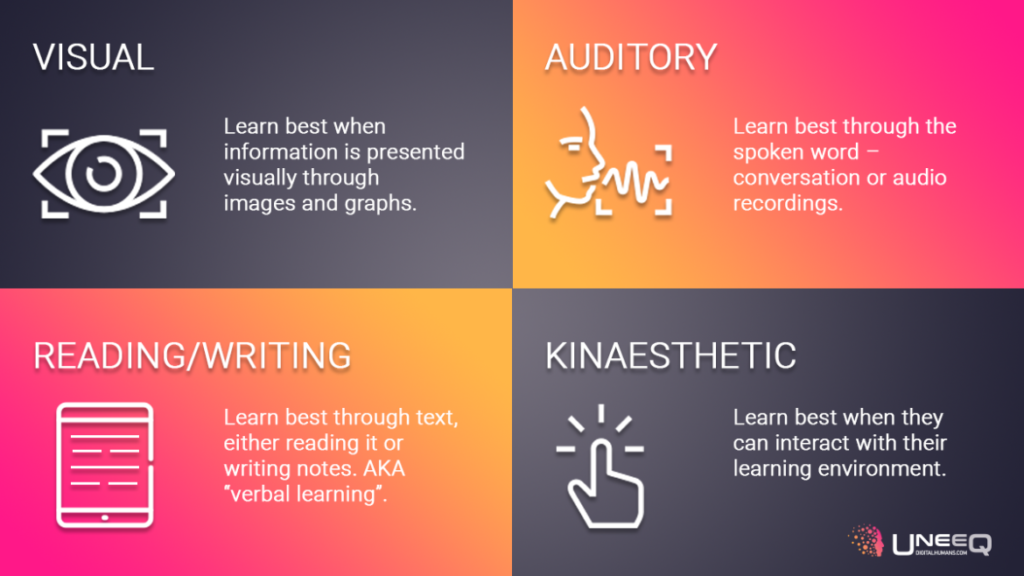
Among the most well-known theories related to learning is the VARK model. According to this model, there are four types of learners: visual, auditory, kinesthetic, and reading/writing. Research has shown that multiple factors influence student retention, including our cognitive ability to retain information as well as how we retain it.
The implementation and teaching of various study methods would significantly benefit universities and educational institutions. You can develop academic competence through various study tactics, repetition, think aloud techniques, and so on. Additionally, success in academics isn’t solely determined by how long we study, but by how smart we study. Learning different methods can significantly improve a student’s ability to understand and retain information for more extended periods.
Visual learning
A visual learner learns by reading or seeing images. Sight is the key to understanding and remembering things. Learning is best done through visual methods, as you can visualize what you are learning.
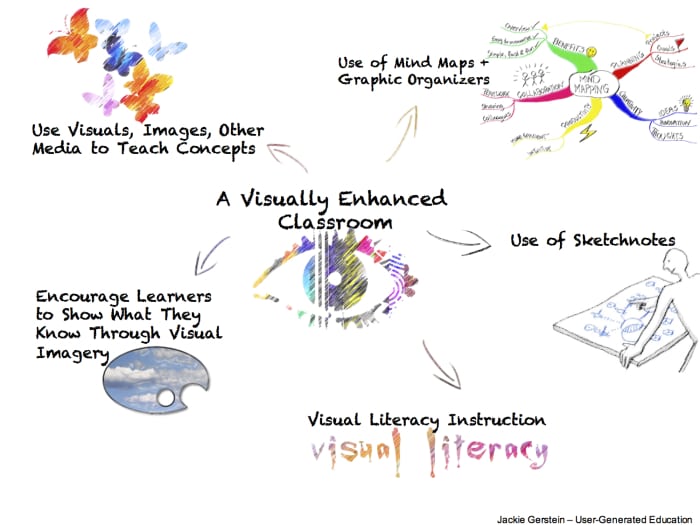
Auditory
When a person learns by listening, they have the auditory learning style. Their ideal learning method is to listen to video or audio clips. In a traditional school environment, auditory learners do well listening to lectures, and contributing to classroom discussions. Teaching what you have just learned to someone else is a great way to retain information.
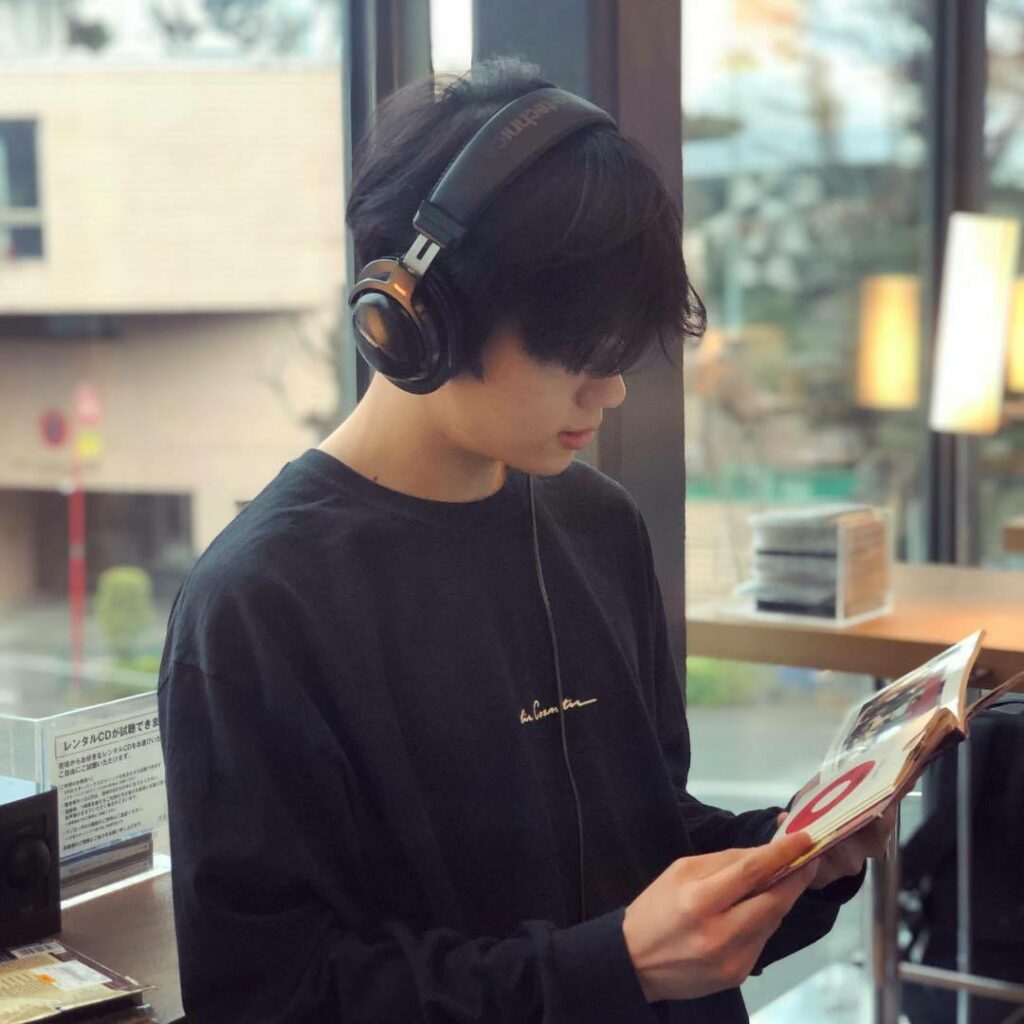
Kinesthetic
Those who learn through kinesthetic means often learn in a practical hands-on approach. In order to assess, comprehend, and retain information, kinesthtic learners require physical observational tools. Long lectures or the read-and-write style of learning do not match well with this type of learning.
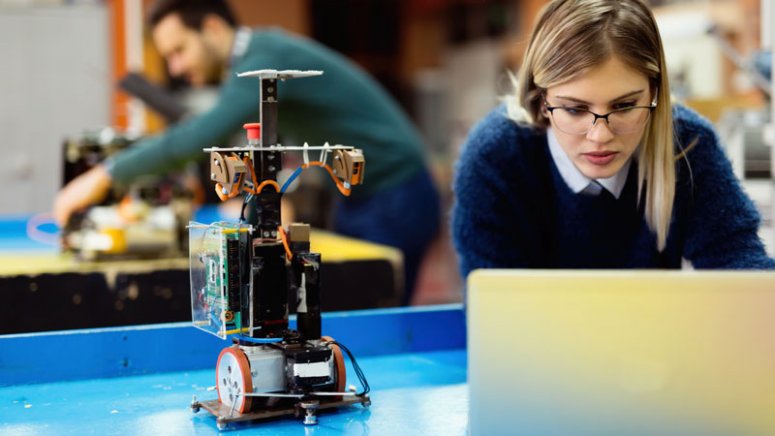
Reading/ Writing
By reading and rereading the textbook or notes, rewriting notes, and organizing items into lists, students learn best.
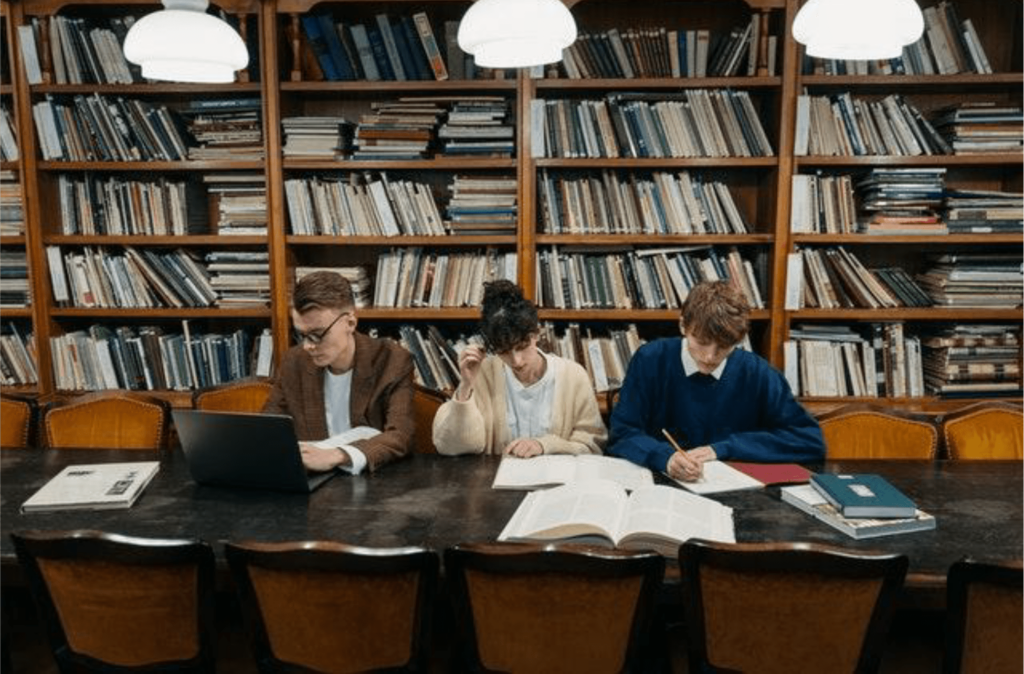
There are also various study methods that can be paired with your learning style.
Retrieval Practice
Retrieval practice is a strategy in which bringing information to mind enhances and boosts learning. Deliberately recalling information forces us to pull our knowledge “out” and examine what we know.
Spaced Practice
Lessons and retrieval opportunities are spread out over time with spaced practice.
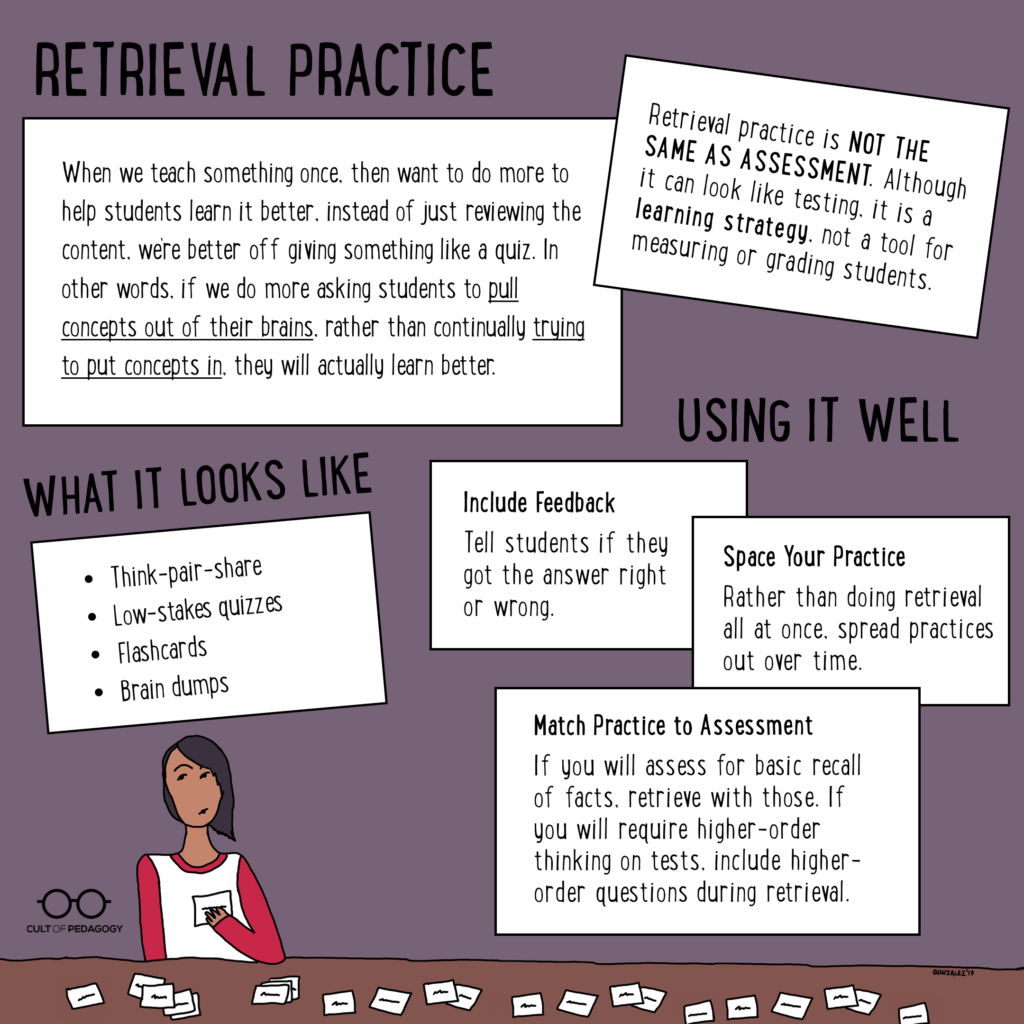
The PQ4R Method
As a result of the PQ4R method, learners are better able to memorize and understand new information. A PQ4R is an acronym for preview, question, read, reflect, recite, and review.
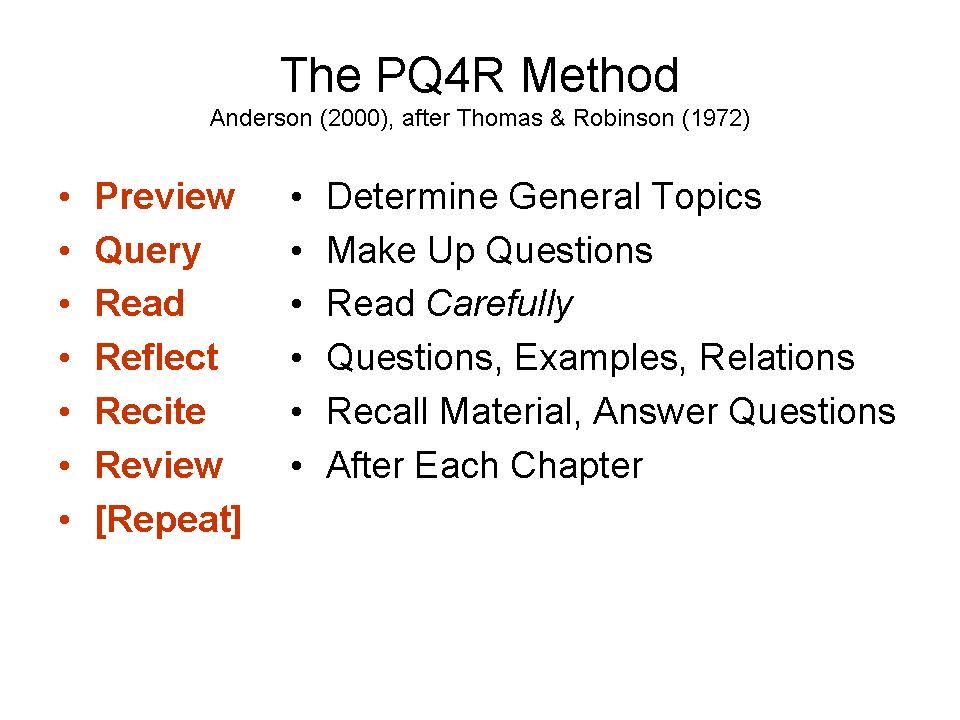
The Feynman Technique- This method is effective in class presentation
It is a method of learning that unlocks your potential and forces you to develop a deep understanding of concepts. In order to use this technique, there are five steps to follow.
- Imagine teaching a sixth grader about a concept you are interested in learning.
- Analyze your explanation for gaps. For a better understanding, go back to the source material.
- Keep things simple and organized.
- Communicate your ideas in a clear coherent and easily digestible manner

Leitner System – Flashcards
Sebastian Leitner proposed the Leitner system in the 1970s as a method of efficiently using flashcards.
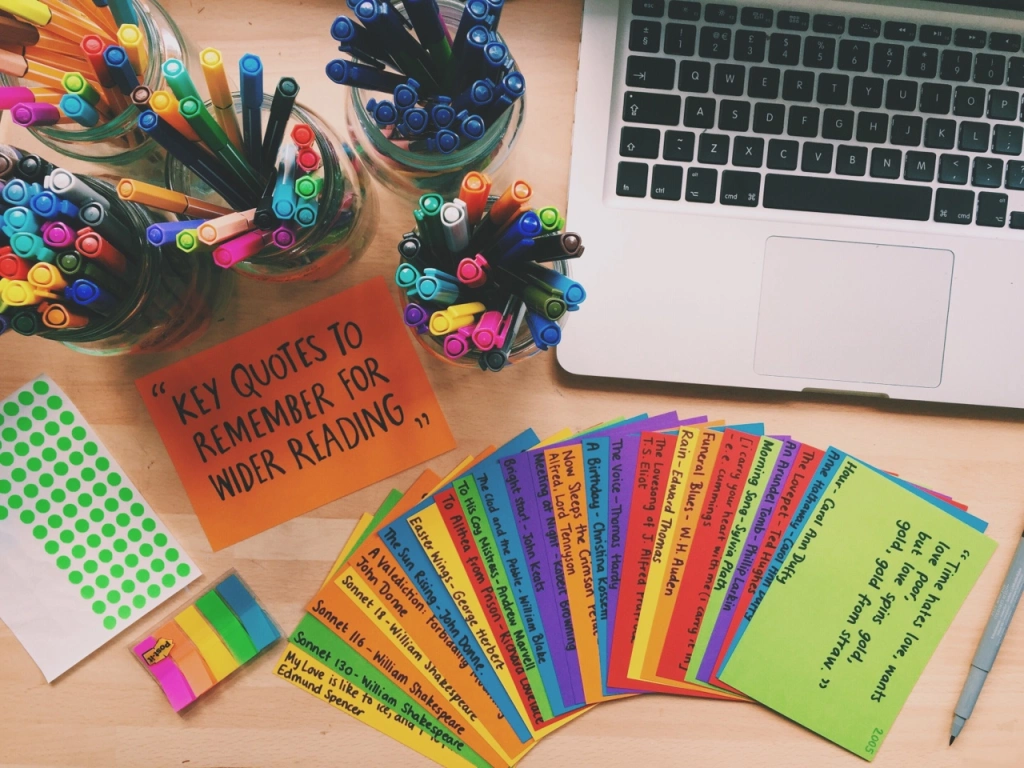
Color-Coded Notes – Ideal for visual learning
Learning information through color-coding is an effective way to memorize and remember it. When you use bright colors, you will have an easier time focusing on the important points and going over those points. A visual learner will find it stimulating.

Mind Mapping
Mind maps are used as a means of generating new, related ideas that radiate outward from a central theme.
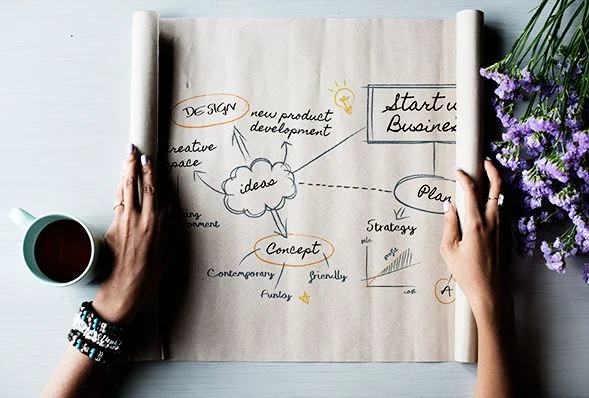
Read my article about high earning College Majors







